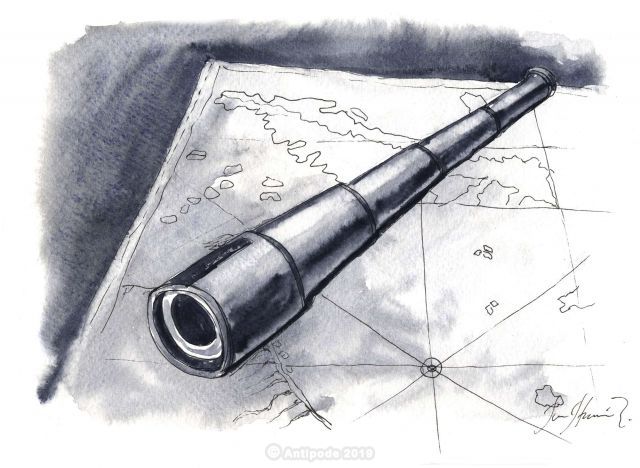

What are the particularities of the Peruvian geography?
General geography
An exceptional geographyIn the border with Ecuador, Colombia, Brazil, Bolivia and Chili, Peru is the third country of Latin America in surface area. It’s twice France surface and it’s located in the Southern hemisphere, between the equator (0°) and south 18°S.
Peru is paradise for nature lovers; the diversity of natural environments, landscapes, fauna and flora are even a symbol of biodiversity. Contrast between the virgin forest of Amazonia and the sandy deserts on the coast, between deep ravines and high peaks covered with snow in the Andes Mountains, Peru is divided into 3 major eco-geographical areas: the coastline (costa), the Andes (sierra) and the Amazonian jungle (selva). In which an infinity of eco-biological environments are present in areas where the natural richness is exceptional.
What are the different ecological areas of Peru?
The coastline (la costa)
A sandy desert inhabits almost all the space along the Pacific coast. By the way, Lima is construed on a huge sand desert. At the south, Atacama Desert, which extends on more than 2500 km through Chili, is one of the most arid in the world. At the north, the landscape change a little bit to give way to mangroves (king of swamp located near to the sea across the tropics), near from the equatorial border. The major Peruvian cities and the main road, the Pan-American Highway, border this coastal desert. Large rivers coming from the west side of the Andes cross le coastline and constitute about 40 oasis where are concentrated the most productive agriculture of the country – and the industry as well.
The Andes (la sierra)
This is the second largest mountain range of the world after the Himalaya. It is located to about 100 km from the Pacific coast. The Huascaran, the highest peak of Peru, reach 6768m. The major part of the Peruvian Andes is between 3000 and 4000 meters altitude, where about 30% of the population is living. The panorama is rugged, with mountain rages separated by deep and dizzy canyons. The eastern slope has more rains than the western slope, so there is a green coat of elevated jungle that recovers it, halfway between the Amazonia and the Andes.
The Amazonia (la selva)
It starts on the eastern slope of the Andes and take almost half of the territory. True “green lung” of our planet, the Peruvian side is only a small part (relative) of the immensity of this Amazonian jungle, which extends until Brazil, Colombia and Bolivia. It accommodate millions of different animal species (400 mammal species, 500 reptile species, 2000 fish species and 1700 bird species), but also many insects and plant species specifics of the area.



